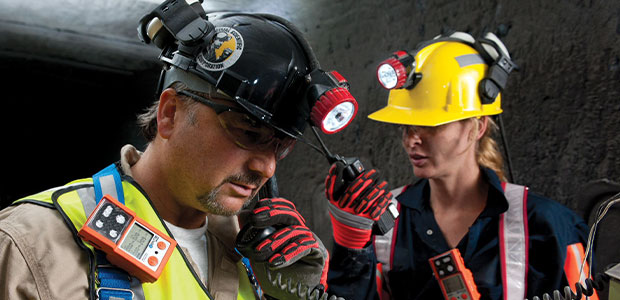
How to Streamline Gas Detector Maintenance
Maintenance is crucial to ensure that the devices are working as expected when workers pick them up at the beginning of each shift.
- By Aashima Dhankhar
- Dec 01, 2021
Overseeing a gas detection fleet comes with many important responsibilities. Your workers depend on you to keep operations running smoothly with minimal device downtime, and most importantly, to give them the tools they need to protect themselves from potential hazards on the job. One task on your to-do list is to maintain your gas monitors. Maintenance is crucial to ensure that the devices are working as expected when workers pick them up at the beginning of each shift. However, when gas detectors outwardly appear to be functioning and time is limited, it can be easy for maintenance to fall behind other responsibilities.
Why You Must Make Maintenance a Priority
Daily bump tests and monthly calibrations are the only way to know that your gas monitor will provide accurate gas readings and attention-grabbing alarms. Sensors can drift over time and be suddenly affected by poisons and inhibitors, leading to inaccurate readings, which makes monthly calibration a critical part of your gas detection maintenance plan. Daily bump testing ensures that sensors will respond to gas hazards and trigger the appropriate audio and visual alarms.
Routine maintenance helps you get the most out of your investment into your safety program. If you do not keep up with routine maintenance on your gas monitors, you are creating cracks in your program.
What is the cost of not maintaining your gas monitors? To start, the life of the gas detector can decrease if you do not update firmware, track sensor function, calibrate, bump test and charge monitors regularly. An unmaintained gas monitor will inevitably give up, and you can’t predict the timing. An unmaintained monitor could fail at any time, posing a potentially fatal threat to your workers if gas hazards are present. When working in a hazardous environment, everyone must do their job, including your gas detectors.
While this routine maintenance is not particularly difficult or time-consuming, it can be a challenge to dedicate the time in your busy schedule to complete it. There are several solutions for your repeated maintenance frustrations, from the smallest fleet to the largest. They range from more intentional manual maintenance to full-service solutions.
Make Time for Maintenance
If you and your workers have more time to dedicate to manual maintenance, setting aside a consistent time to bump test and calibrate can help build a stronger routine and culture around keeping gas monitors up to date. Mandatory maintenance windows ensure that you can count on your gas monitors to alert workers when they need them.
This article originally appeared in the November/December 2021 issue of Occupational Health & Safety.